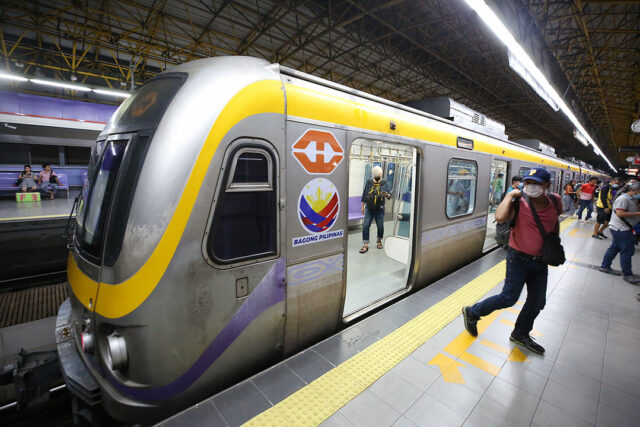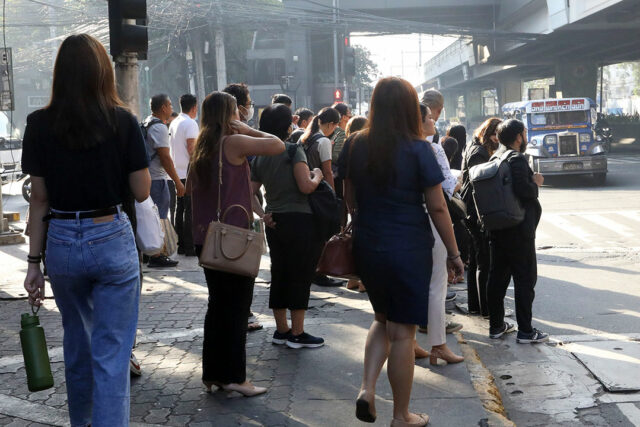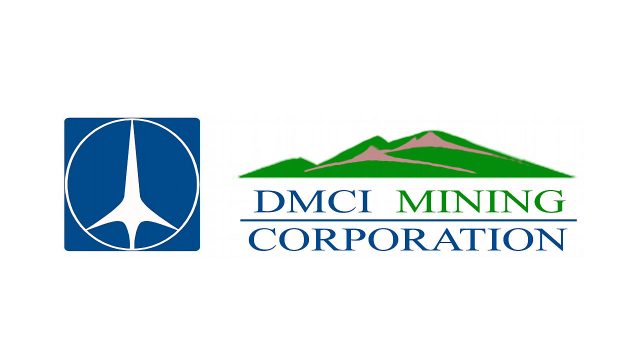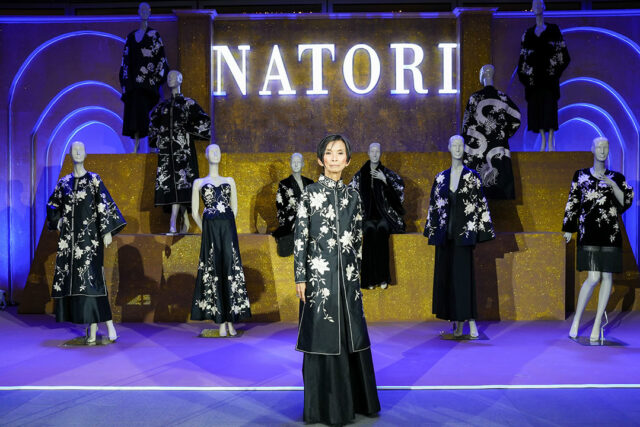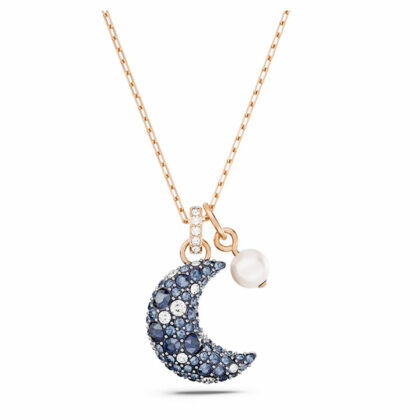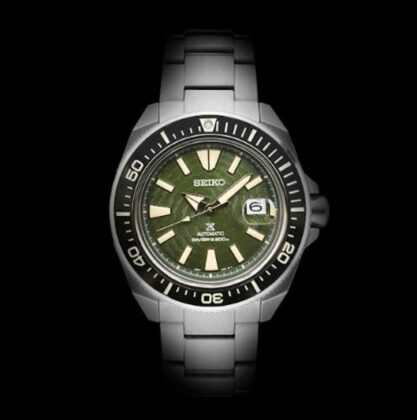SEC hike in fees, charges ‘still in the pipeline’
By Revin Mikhael D. Ochave, Reporter
THE SECURITIES and Exchange Commission (SEC) said it is still planning to push through with the hike in fees and charges despite a recent meeting with business groups that opposed the proposal.
SEC Commissioner McJill Bryant T. Fernandez said the corporate regulator met with representatives of business groups about two or three weeks ago, adding it was a “very productive and positive” meeting.
“There will still be a revised schedule of fees and charges. I cannot say the timeline yet, but the issuance of the revised fees and charges is still in the pipeline,” he told reporters on the sidelines of a forum in Makati City last week.
However, Mr. Fernandez said the SEC and business groups did not have any “specific discussion on specific revisions” during the meeting.
“We will be coming up with a joint statement on the matter. I’d like again to describe that the meeting was very positive in terms of moving forward on the topic of the proposed fees and charges,” he added.
Asked about the timeline for the issuance of the revised schedule of fees and charges, Mr. Fernandez said that it would still be deliberated by the SEC’s commission en banc.
“In terms of fees and charges, while we have secured the necessary approvals, it will still be deliberated by the en banc, including the timeline of the launch,” he said.
The SEC released the proposed schedule of new fees and charges for stakeholders’ comments on Aug. 2.
In October, various business groups, led by the Philippine Chamber of Commerce and Industry (PCCI) and Philippine Exporters Confederation, Inc., sent a letter to the SEC objecting to the proposed hike in fees and charges which they described as “obscene” and “unconscionable.”
The business groups urged the regulator to review, “if not totally scrap” the proposal which it described as “anti-business.” Among others, they opposed the SEC’s proposal to charge corporate issuers one-fourth of 1% of total indebtedness when creating bonded indebtedness.
During the meeting with the business groups, Mr. Fernandez said the SEC is committed to coordinating with the Anti-Red Tape Authority (ARTA).
The business groups had recommended the SEC submit the proposed policy to the ARTA for a “regulatory impact assessment to check against harmful impacts to business and the economy.”
Philexport President Sergio R. Ortiz-Luis, Jr. said on Sunday the two sides decided to seek ARTA’s intervention on issue.
“ARTA will do an impact assessment and determine if the SEC’s proposal is justified and if the opposition from the business groups has basis. We agreed that ARTA should determine that,” he told BusinessWorld via phone interview.
Mr. Ortiz-Luis, who is also a director of the PCCI, said the business groups are still urging the SEC to lower the proposed hike in fees and charges.
“Definitely, we’re pushing that it should be lowered. We will see if the proposal is justified or not. It has to pass ARTA’s impact assessment,” he said.
Previously, the SEC said the current rates have not been tweaked since 2017.
“The schedule of fees and charges was last updated in 2017, based on a proposal from 2014. This means that the current rates are based on operational and administrative costs prevailing almost 10 years ago,” the SEC said.
To sustain the development of IT-related systems and the delivery of its services, the SEC said that “fees and charges must sufficiently cover the cost of maintaining and upgrading them continuously for the benefit of the transacting public.”


